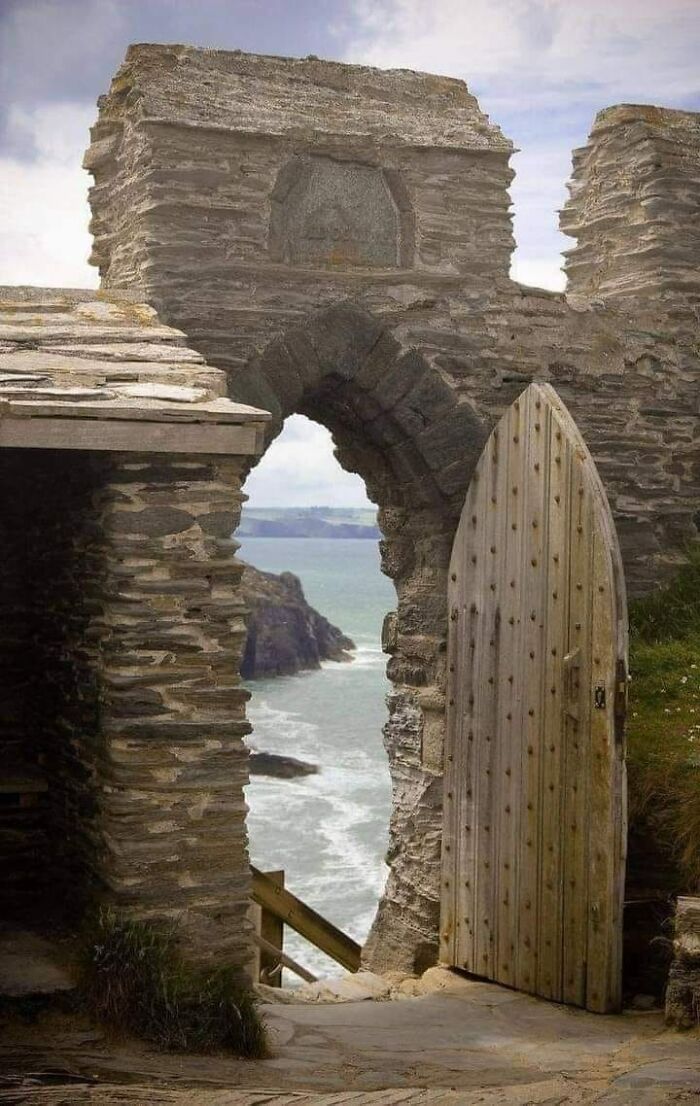Tintagel Castle is indeed a captivating landmark steeped in history and legend. Located on the rugged coastline of North Cornwall, England, it’s famed for its connections to the legend of King Arthur and its dramatic clifftop setting. Here’s some more about it:
Arthurian Legend: Tintagel Castle is often associated with the legendary King Arthur, a figure of medieval British folklore. According to legend, Tintagel is believed to be the place where Arthur was conceived, as described in Geoffrey of Monmouth’s “Historia Regum Britanniae” (History of the Kings of Britain).Historical Significance: Beyond its legendary connections, Tintagel Castle has a rich historical past. The site has evidence of occupation dating back to the Roman period, but the castle ruins visible today primarily date from the 13th century.Clifftop Setting: The castle is perched on a rugged headland overlooking the Atlantic Ocean, providing stunning panoramic views of the surrounding coastline. The dramatic cliffs and crashing waves add to the castle’s mystique and allure.Ruins and Features: Visitors to Tintagel can explore the ruins of the medieval castle, including the remains of a Great Hall and a fortified wall. The site also features remnants of earlier structures, such as a Dark Age settlement and a Roman-era wall.English Heritage Site: Tintagel Castle is managed by English Heritage, a charity that preserves and protects historic sites in England. The organization has undertaken conservation efforts at Tintagel to ensure the site’s long-term preservation and accessibility to visitors.Visitor Experience: Today, visitors to Tintagel can wander through the ruins, take in the breathtaking views, and learn about the site’s history and legends through interpretive displays and guided tours. The nearby Tintagel village offers amenities such as cafes, shops, and accommodations for those exploring the area.
Tintagel Castle continues to capture the imagination of visitors from around the world with its blend of history, legend, and natural beauty, making it a must-visit destination for those interested in Britain’s rich heritage.

